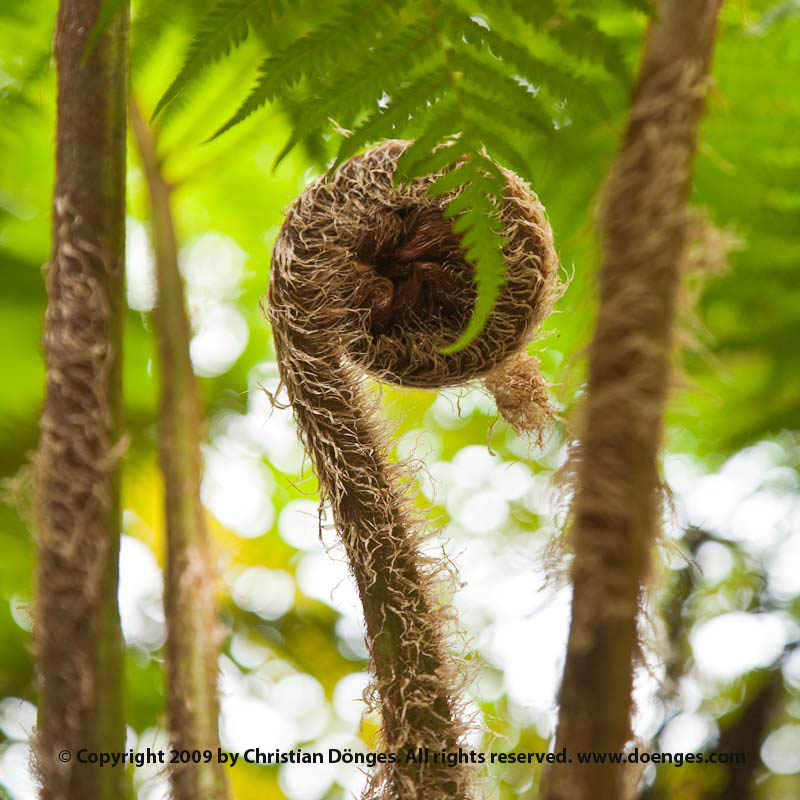We recently received some photos from a family event that were - gasp - made using analog film. You should have seen the look on the face of the dozen or so children when they crowded around the SLR expecting to see a preview on the LCD only to discover that there was no LCD on the back of this camera. Talk about culture shock. ;-)
Anyways, the quality of the prints was appaling, as where the scanned images on the CD that came from the processing lab. The negative, however, looked fine to my no-longer-used-to-look-at-negatives eyes. I decided to revitalize an old film scanner I still have in a box. It is a rebadged
Pacific Imaging PrimeFilm 1800u scanner, which will turn a negative into a 4 Mpxl file with 16 bits per color channel.
I like using
VueScan with flatbed scanners. It is a low-cost, high-power solution and Ed Hamrick does a fantastic job of supporting almost every scanner under the sun. My experience so far has been that you plug in the scanner, start VueScan, and start scanning.
With the PF1800u it turns out to be a little bit more complicated than that:
- Download the latest driver from Pacific Imaging, an application called CyberViewX_SF. Localized non-english variants are available.
- Install the driver at the default location (/Applications).
- Find VueScan on your hard drive and Get Info in the Finder. You can do this by using the context menu (right-click or control-click), hitting CMD-I, or File > Get Info in the menu.
- Make sure "Open using Rosetta" is ticked (see below).
- Connect the scanner to your computer and power it on.
- Start VueScan.
[caption id="attachment_377" align="alignnone" width="163" caption=""Open using Rosetta" in the Finder "Get Info" panel."]

[/caption]
You can skip steps 3 & 4 if you are using a PowerPC Mac. CyberViewX_SF is a PowerPC application, so Intel Macs need to be told to run PowerPC code because though VueScan is a native Intel application. I wish Pacific Imaging would update their driver!
I had some difficulties because CyberViewX_SF is not in the default install location on my system. In this case, VueScan can not find the driver it needs and complains.
If you - like I - want to put your applications in a non-default place, you can create a soft (or hard) link to it to make VueScan happy:
$ sudo ln -s /Applications/Graphics/CyberViewX_SF /Applications/CyberViewX_SF
where "
/Applications/Graphics/" is the location of the CyberViewX_SF folder. That's it!
Thanks to Ed Hamrick for the great support!
 [/caption]
[/caption] [/caption]
[/caption] [/caption]
[/caption] [/caption]
[/caption]